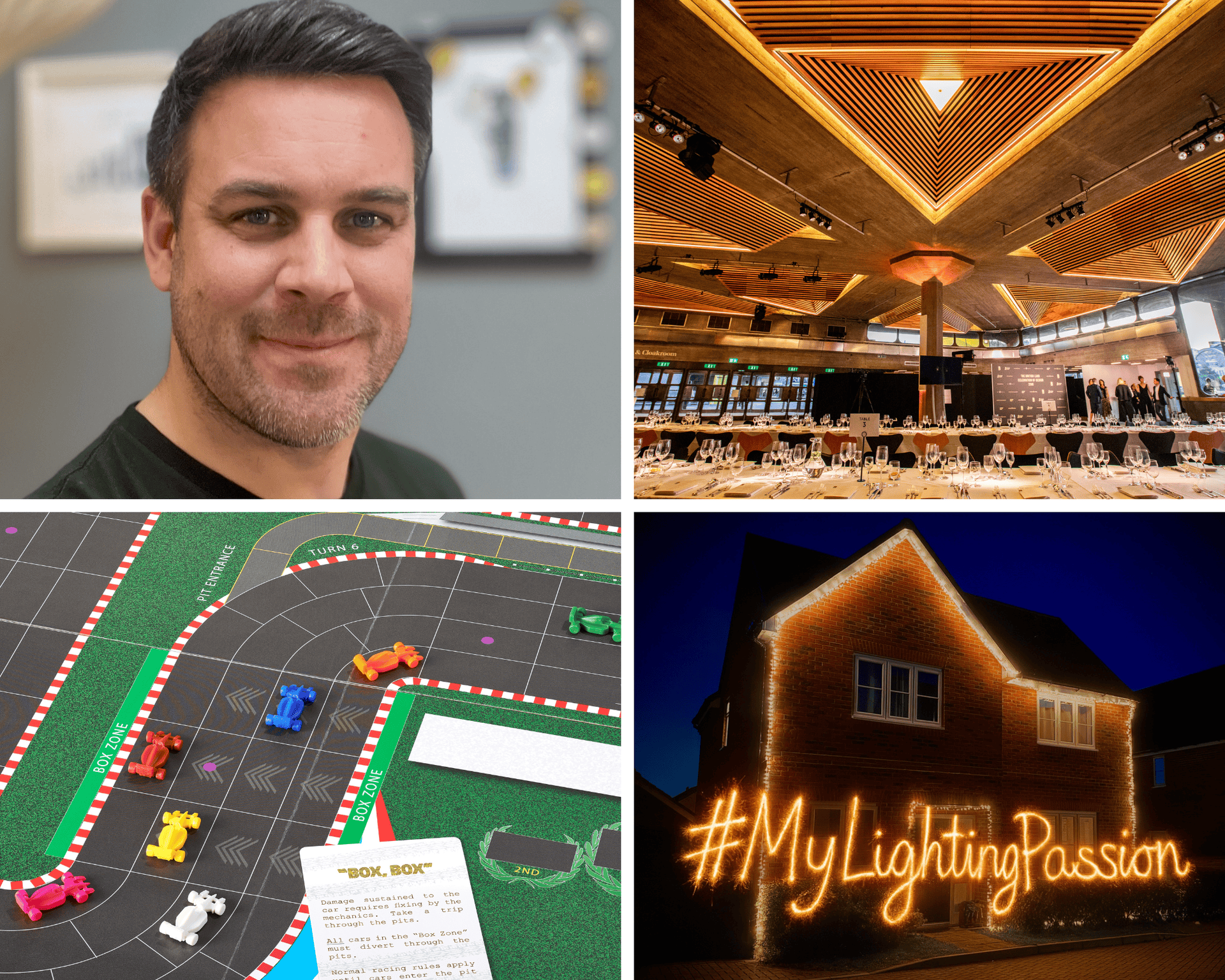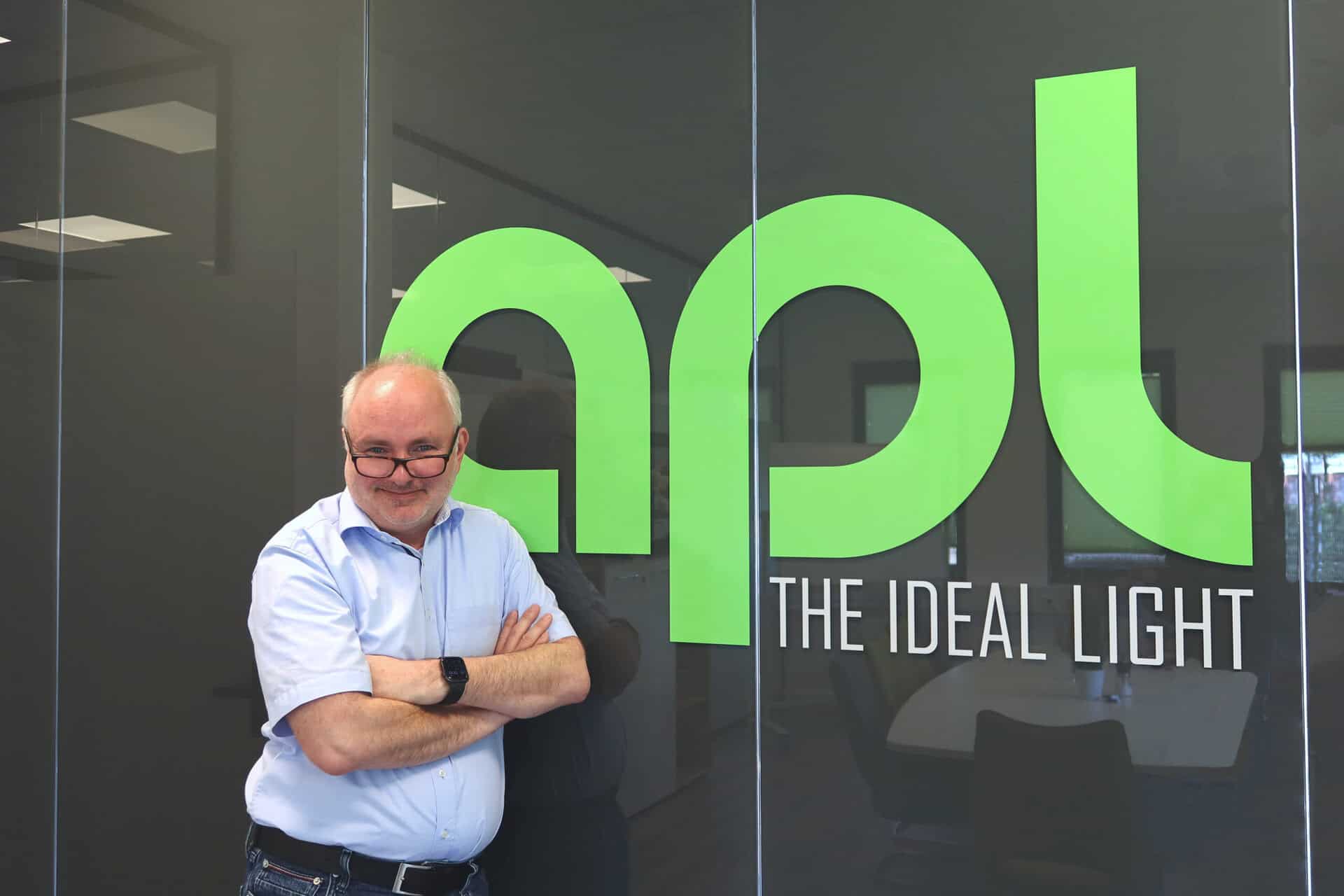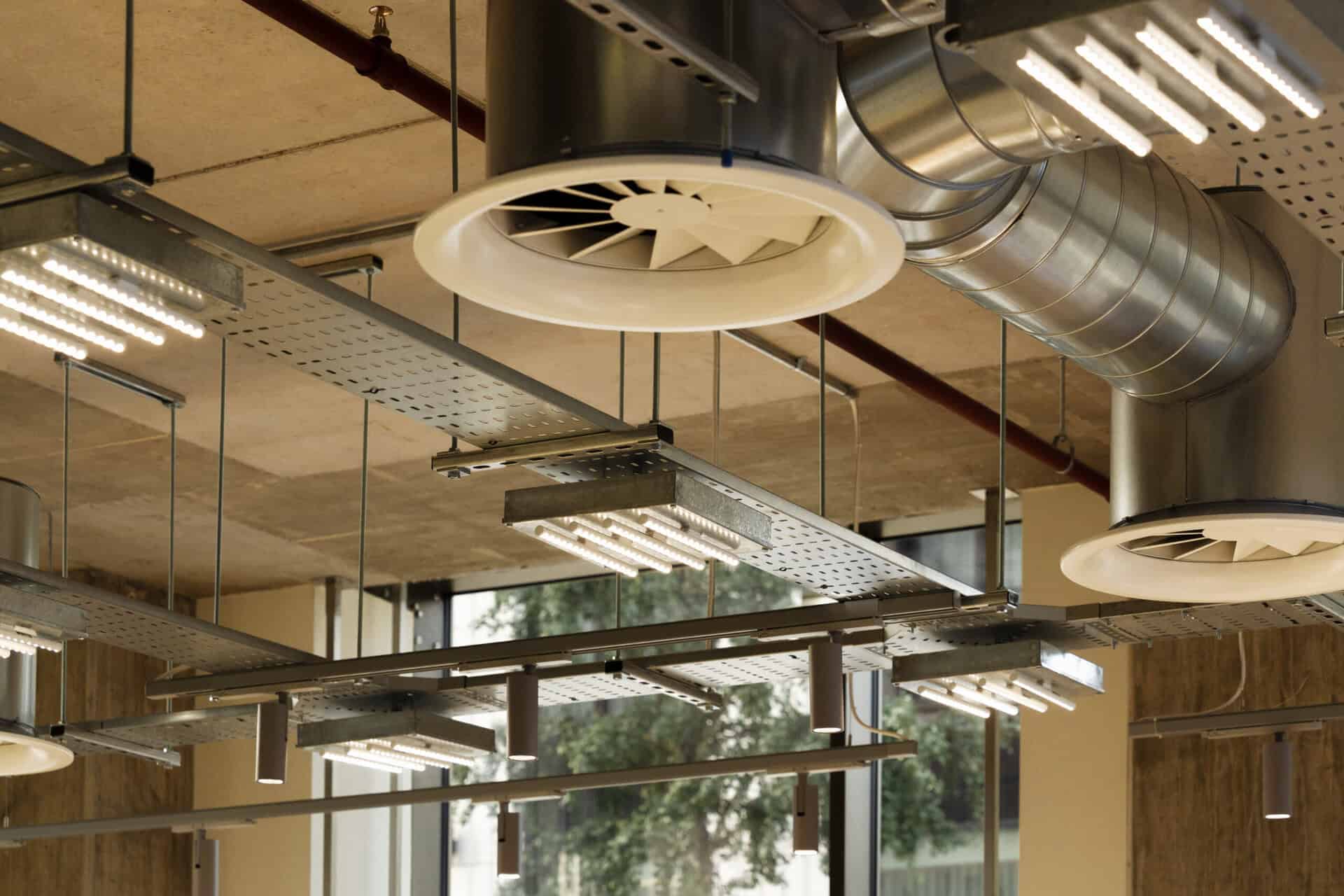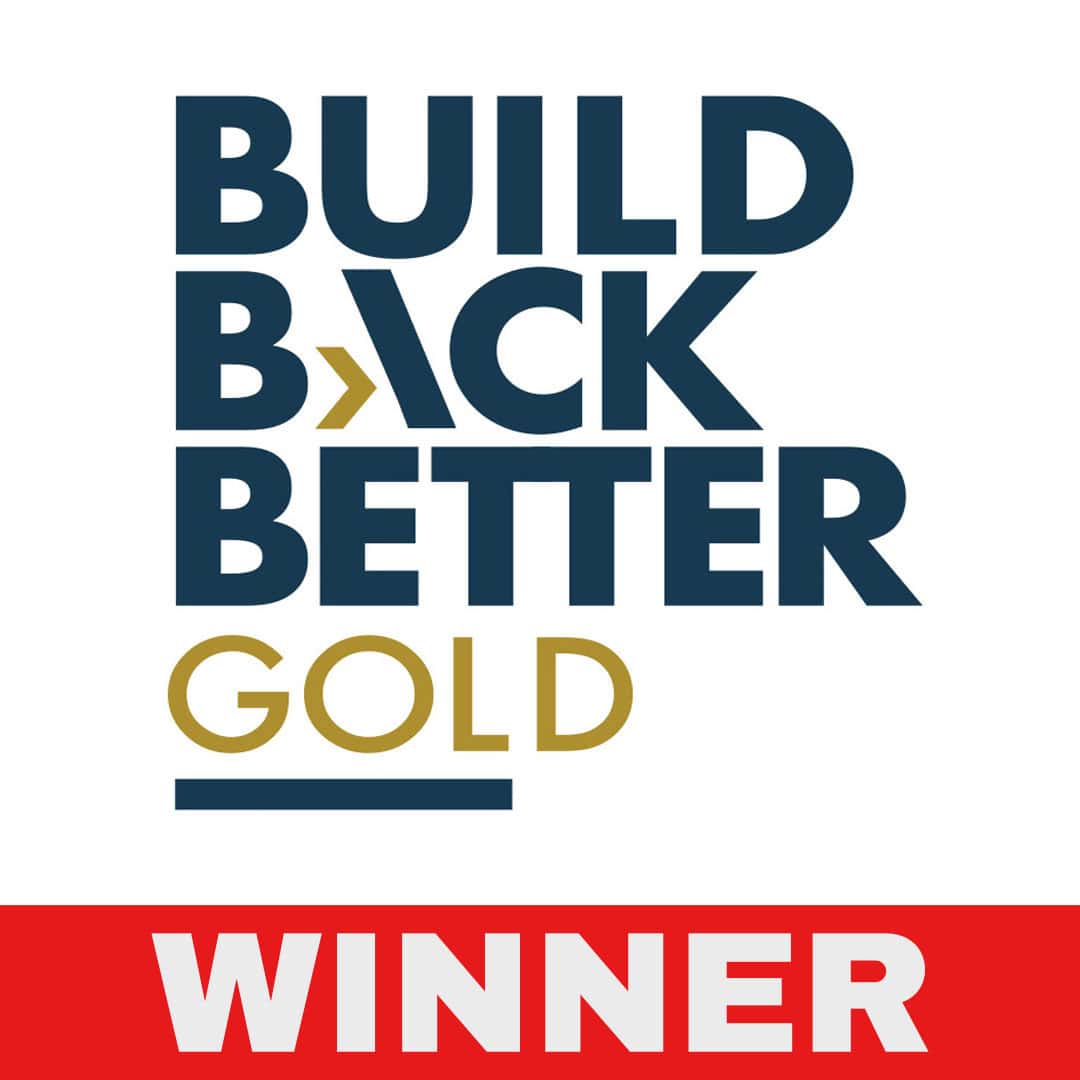Jo Harding discusses the challenges of integrating lighting in small spaces and how Architectural FX has made a name for itself.
Introduction
I joined Architectural FX just over a year ago (where did that go..?). Since then, I’ve been learning about the business. And getting to know the lovely team, hopefully making a dent in the marketing activity…
I envisage this to be my last appointment in the lighting industry since I started (back in the day.. ). I’m so pleased to be enjoying the work and being a part of this small team. So, my consultancy Hardingconsult now has just one client.
The background to an ‘Integrated approach’
As marketeers, we’re trained to discover what the true ‘value proposition’ of a company and its products are. It was a priority for me to get under the skin of Architectural FX. To discover what makes it ‘better’ than its competitors.
In this 21st century of multiple products and services we have marketing messages coming out of our ears! It’s hard to differentiate your company from a crowded playing field.
More often than not, customer feedback clarifies the offer and of course the internal team themselves.
Over time, I’ve had long chats with Chris and James at Architectural FX and some of their most valued customers. The story has emerged of what unique value we have to them.
Chris Skelley started the company 24 years ago. His vision was to offer seamless lighting solutions to his customers. Like many suppliers, Chris witnessed the many problems created onsite with poor quality deliveries. He was determined to closely manage the project from design to installation and handover. This meant ironing out as many potential site issues as possible. This stemmed from a desire to service everyone in the supply chain well.
LED Linear and beyond..
Architectural FX took an opportunity to represent LED Linear as a UK partner 15 years ago. This proved to be a great moment to give lighting designers some (at the time) cutting edge linear technology.
Chris was proud to offer the first opalised dot free linear led product (Venus) to the market in 2011. He witnessed (not for the first time..) how products arrived onsite unlabelled and hard to identify. Consequently, he started to supply full ‘kits’ (supply power supplies & interface kits) to help contractors. All components were clearly labelled (by exact location) and all accessories were quoted. A perfect way to remove the ‘aggravation’ factor for installers.
Then Architectural FX raised the bar on quality. This was in response to demands from designers to offer superior power supplies and lighting control. The objective was (and still is) to ensure a ‘best in class’ integrated offer for the specification.
This market led approach was strengthened when James Hamilton joined the company in 2013. James came from a contractor background and understood the need for full site support. This hassle-free support also saved time for his designer contacts. Architectural FX were the first company to offer customised made to length assembled product.
Development of joinery/furniture integration-the advent of Integrate
Historically joinery companies built a rebate around the typical linear lighting dimensions of 20 x 20mm. This meant that they had to use double timber shelves to accommodate the rebate required. This was both time consuming and costly.
As the direct result of feedback from designers, Architectural FX developed a miniaturised shelf lighting range called Integrate Slim. The smaller heights, when rebating, meant that joinery companies only had to use one timber panel.
For me, this is a great example of architectural lighting integration.
The Slim range uses 4 mm wide leds. These smaller ranges ie 6×6 and 8×9 offer nominal outputs at 900lms/m (9w) and 600 lms/m (6W). These are completely dot-free.
Further design tweaks to the range include offering continuous lines of light in this range up to 3 m.
We can also offer alternative made to order colour temperatures like 1800/2200/2500K for the lighting designer’s palette.
The Slim 219 is installed where a pelmet is not needed or wanted. It recesses into the bottom of a shelf (a simple rectangular slot, fairly standard for joiners). This then kicks the light back into the shelf.
Integrate at Maggie’s Leeds
It’s good to talk about products in situ and lighting designers Lightbureau worked with a specialist joinery company for the Maggie’s Leeds project. They also chose to specify Integrate products. The shelf design was split into 2 sections and every single length was different. The joinery company was concerned that we would not be able to deliver all these different lengths. There were 46 different lengths in total(!)-all fairly similar. We are proud of the fact that we delivered them all labelled successfully, with unique shelf ID locations.
The future Since last year I have witnessed more integrated design initiatives at Architectural FX. This includes our new Acoustics with Lighting sector and the recent partnership with apl. Their miniaturised kit of lighting ‘lego’ lends itself to many integrated lighting options.
We are not the only ones offering integrated lighting but we have put in more leg work than most and are determined to continue that momentum.
Supplying more than 10 km of integrated linear lighting on the forthcoming Chancery Rosewood hotel at Grosvenor Square will be a nice accolade…According to James ‘We’ve successfully delivered over 50% of the project and the feedback from site is very positive about our supply and support service.’






